Rising Demand for Biopharmaceuticals
The increasing prevalence of chronic diseases and the aging population contribute to a rising demand for biopharmaceuticals. This trend necessitates advanced pharmaceutical packaging solutions that ensure product integrity and safety. The Pharmaceutical Packaging Market is adapting to these needs by developing specialized packaging that can accommodate the unique requirements of biopharmaceuticals, such as temperature control and contamination prevention. According to recent data, the biopharmaceutical sector is projected to grow at a compound annual growth rate of over 8% in the coming years, further driving the demand for innovative packaging solutions. As biopharmaceuticals become more prevalent, the Pharmaceutical Packaging Market must evolve to meet the specific challenges associated with these products.
Growth of E-commerce in Pharmaceuticals
The rise of e-commerce has transformed the Pharmaceutical Packaging Market, necessitating packaging solutions that cater to online distribution. As more consumers turn to online platforms for their pharmaceutical needs, the demand for packaging that ensures product safety during transit has increased. This includes tamper-proof seals and protective materials that can withstand shipping conditions. The e-commerce pharmaceutical market is projected to grow at a robust rate, prompting the Pharmaceutical Packaging Market to innovate and adapt. Companies are now focusing on creating packaging that not only protects the product but also enhances the consumer experience, reflecting the changing dynamics of pharmaceutical distribution.
Technological Advancements in Packaging
Technological innovations are reshaping the Pharmaceutical Packaging Market, leading to the development of smart packaging solutions. These advancements include the integration of sensors and tracking technologies that enhance product monitoring and traceability. For instance, smart packaging can provide real-time data on temperature and humidity, ensuring that pharmaceuticals are stored under optimal conditions. The market for smart packaging is expected to grow significantly, with estimates suggesting a potential increase of over 15% annually. This trend indicates that the Pharmaceutical Packaging Market is not only focused on aesthetics but also on functionality and safety, aligning with the needs of modern healthcare.
Sustainability and Eco-Friendly Packaging
Sustainability has emerged as a critical driver in the Pharmaceutical Packaging Market. With increasing awareness of environmental issues, there is a growing demand for eco-friendly packaging solutions. Companies are exploring biodegradable materials and recyclable packaging options to reduce their carbon footprint. The shift towards sustainable practices is not merely a trend; it is becoming a necessity as consumers and regulatory bodies alike push for greener alternatives. The Pharmaceutical Packaging Market is responding by innovating packaging designs that minimize waste and promote sustainability. This transition is expected to influence purchasing decisions, as more stakeholders prioritize environmentally responsible packaging.
Regulatory Compliance and Safety Standards
Stringent regulatory requirements and safety standards are pivotal drivers in the Pharmaceutical Packaging Market. Regulatory bodies mandate that packaging must not only protect the product but also ensure patient safety and compliance with health regulations. This has led to an increased focus on tamper-evident and child-resistant packaging solutions. The Pharmaceutical Packaging Market is witnessing a shift towards materials and designs that meet these regulatory demands while also enhancing user experience. As regulations continue to evolve, companies in the Pharmaceutical Packaging Market must remain agile, adapting their packaging solutions to comply with new standards and ensure the safety of pharmaceutical products.
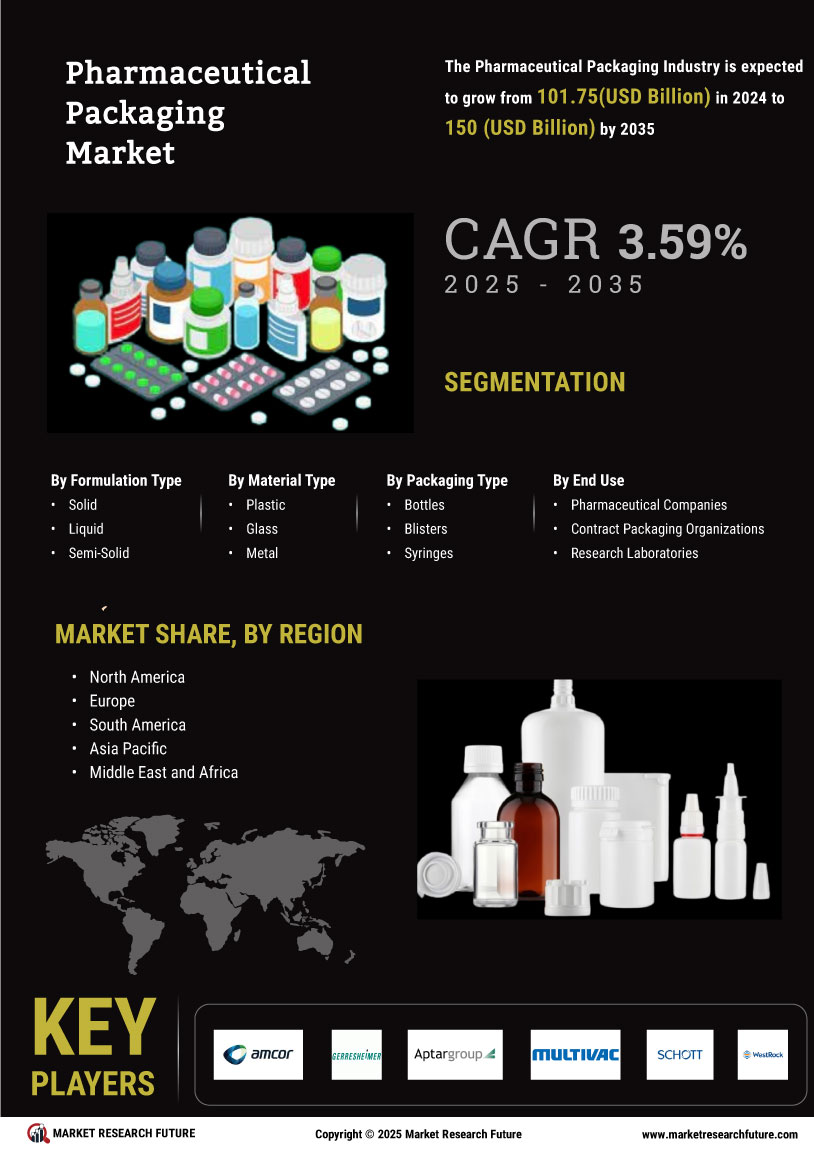

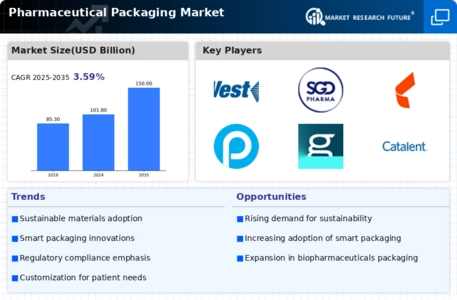
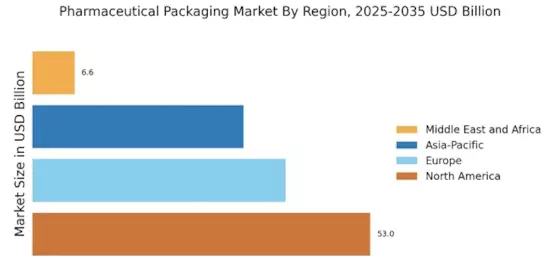

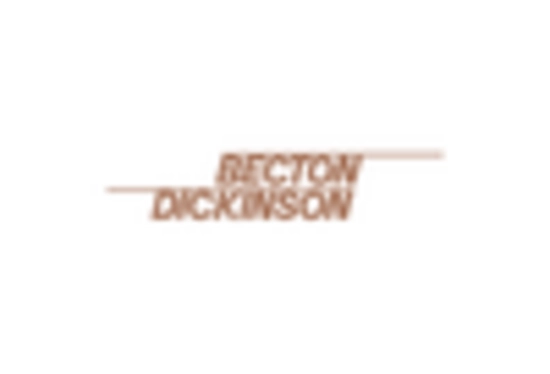
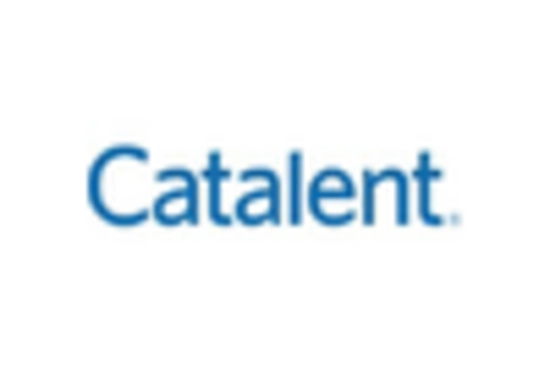

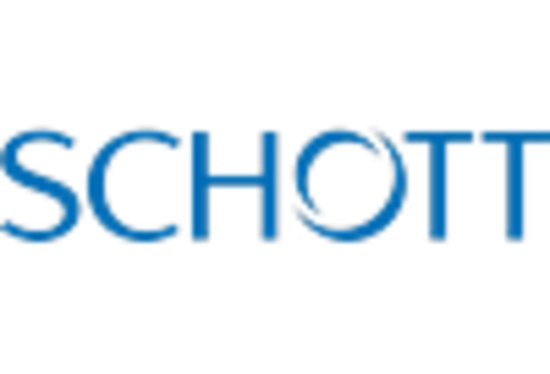
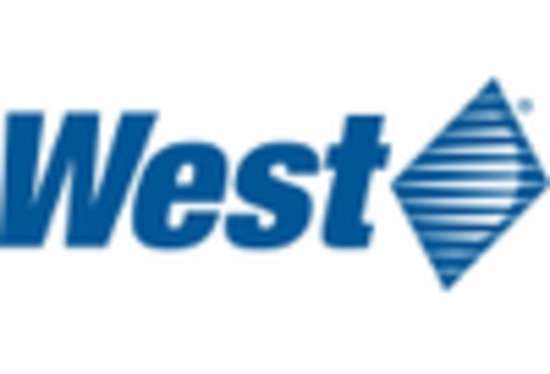








Leave a Comment